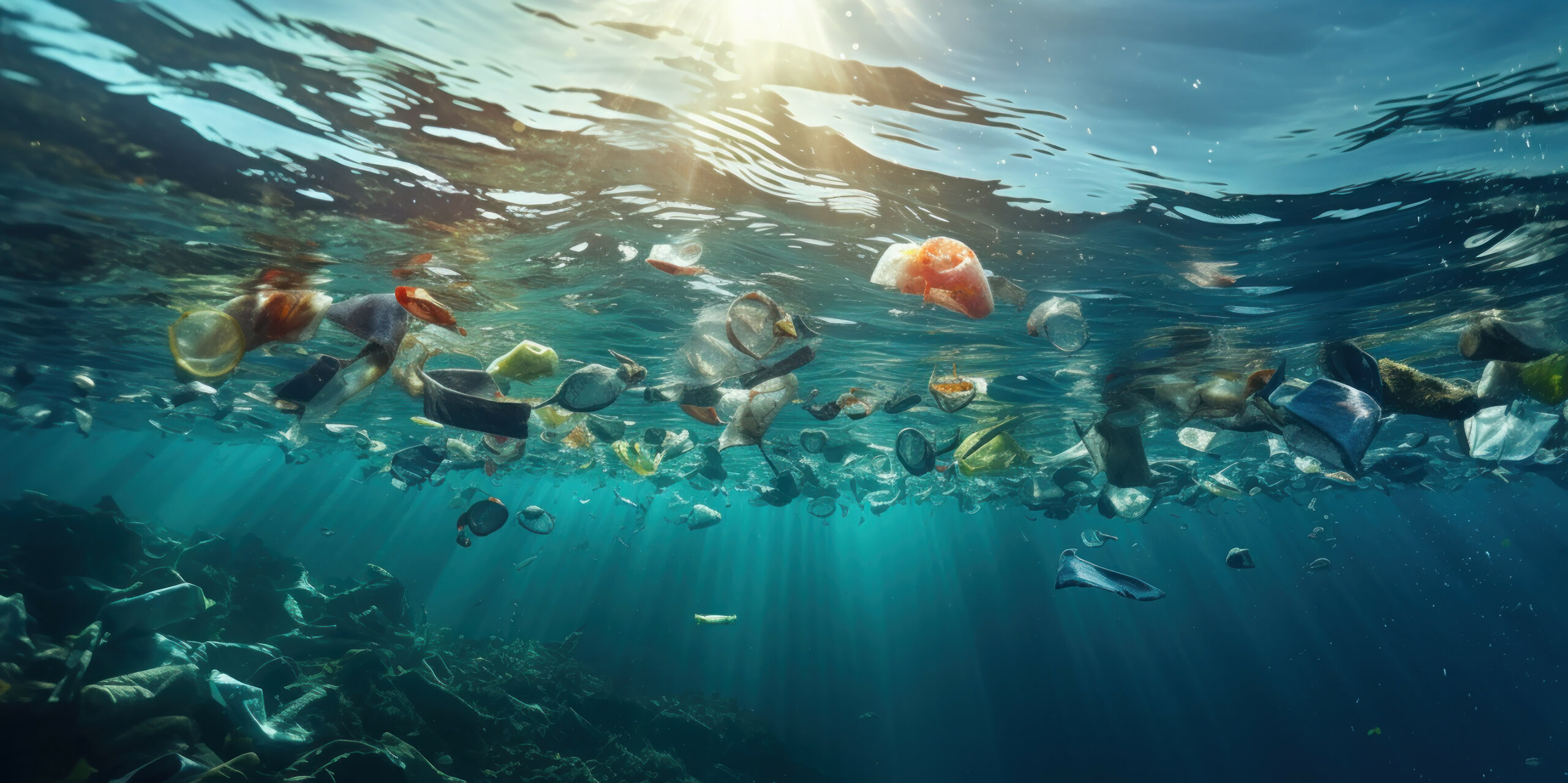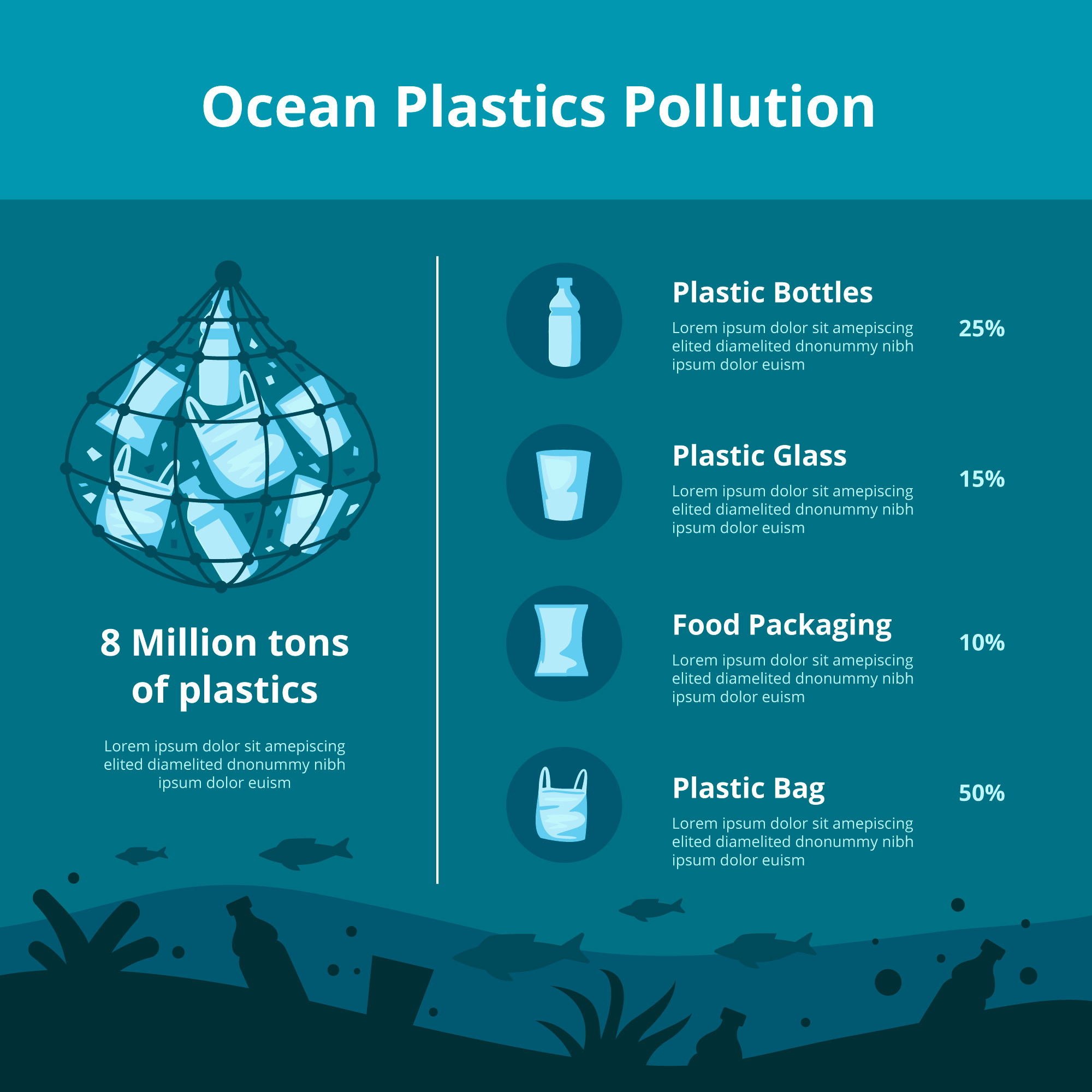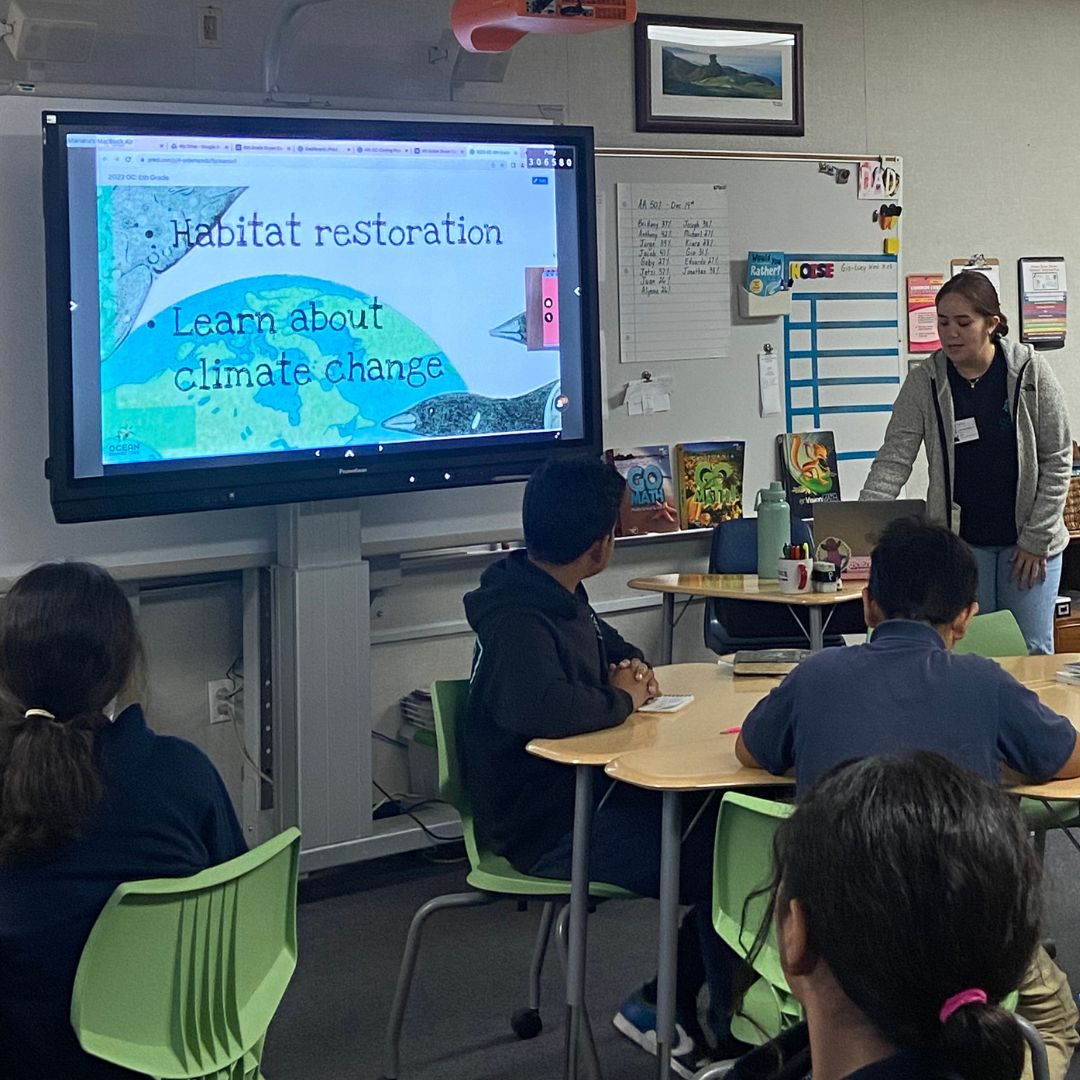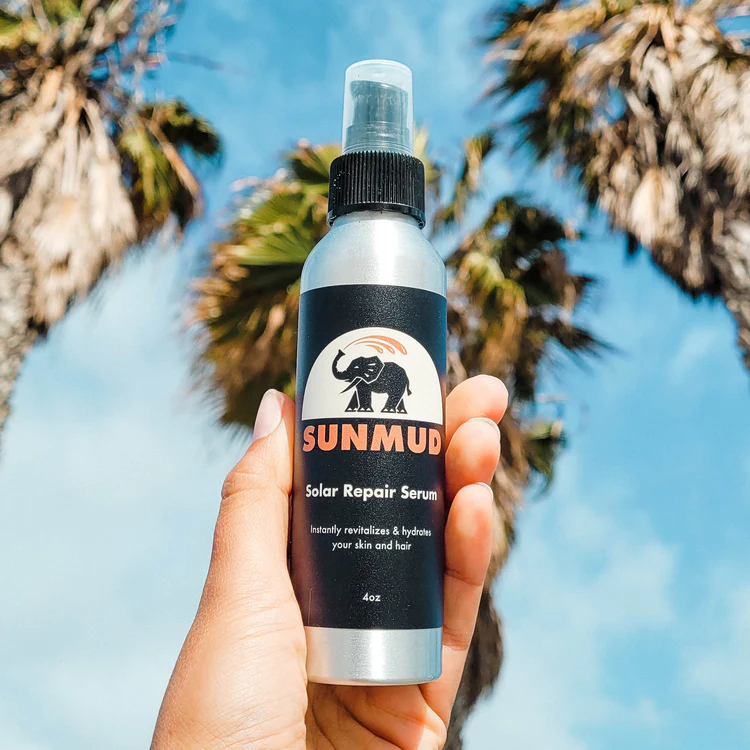Educational Initiatives to Combat Ocean Plastic Pollution
By Felicity Kelly, Head of Sustainability at Bunzl Australia & New Zealand
The plastic waste that ends up in the world’s oceans has led to devastating consequences for the environment. Often, plastic garbage can be mistaken for food by marine animals. Annually, thousands of animals who rely on the ocean for food are killed when they eat plastic. Additionally, animals can get trapped in plastic waste, which results in suffering and death.
Current research shows that millions of tons of plastic end up in the ocean each year. Experts estimate that 1-1.7 million tons of plastic clog our oceans and impact marine life. So, what can we do about this?
For starters, it’s critical that educational initiatives are prioritized to help the global population understand the severity of the issue. Additionally, alternatives to plastic need to be readily available in commercial environments. Restaurants and other hospitality businesses will need to take responsibility for replacing single-use plastics with compostable or recyclable options to reduce their impact on ocean pollution.
None of this is possible without a focus on education — people cannot change what they don’t know is a problem.


Understanding Ocean Plastic Pollution
We know that over a million tons of plastic is dumped into the ocean yearly. A majority of that plastic pollution ends up on the shore, while some of it sinks to the ocean floor. This creates dangerous environments for marine life like sea turtles, seals, and other vital creatures.
The pollution causes other issues, as well. As the plastic breaks down (which occurs very slowly), dangerous chemicals within are released into the water affecting the food sources for every animal that comes into contact with it – and ultimately impacting the food we consume, as well.
Most of the plastic pollution in oceans today came from rivers. Discarded equipment from large-scale fishing operations, microplastics from factories and cosmetic manufacturers, and single-use plastics used by many corporations add up to create a massive problem.
The Great Pacific Garbage Patch is one of the most well-known examples of how plastic pollution has impacted our oceans. This enormous floating mound of garbage is one of five known oceanic areas where plastic garbage has been found. Scientists studying this area believe it is over 1.5 million square kilometers.
The Role of Education in Reducing Ocean Plastic Pollution
Without a clear and effective educational strategy, the chances of making any real difference are low. Put simply, people can’t fix what they don’t know is broken. At this stage, most people in the developed world know that ocean plastic pollution is a problem, but may not know what they can do to fix it.
That’s why education is so important. Research confirms that the damage can be undone if steps are taken quickly. If even small-scale changes can be put into place by businesses, the amount of plastic poured into the ocean annually can be decreased.
For some businesses in the hospitality industry, that may start with replacing single-use plastic cups and other dishes with alternatives that can be composted or recycled. Other businesses may be able to start participating in recycling programs that allow the reuse of unavoidable plastics. But in order for changes like this to happen, educational efforts must be prioritized.


Strategies for Implementing Educational Initiatives
Education on plastic pollution and conservation does not have an age minimum or limit. In fact, it’s important to start as early as possible to educate the next generation on the dangers of plastic pollution. Organizations like Ocean Connectors offer educational programs for children in Pacific coastal areas to learn about the issues, how they affect their homes, and how to get involved and make a difference.
Encouraging participation in programs like these will be critical for Generation Alpha’s success in helping to overturn the damage that has already been done. Education is only a piece of the puzzle; getting kids and adults alike excited about making change is key.
Latest Articles
Surf’s Up! But so are the chemicals in the water: The Hidden Environmental Impact of UV Filters in Sunscreens
As we catch the waves and soak up the sun, it’s important to remember the impact our sunscreen choices can have on the very waters we love. You see, not…
Earthwell Refill: Help Combat Plastic Pollution at your Local Refill Store
Written by: Katrina Oprisko Plastic is everywhere. There are micro-plastics in our food and in our bodies. By the year 2050, there will be more plastic in the sea than…
Ola Farms: Growing a Healthier Ocean, One ‘Plant’ at a Time
Written by: Frank Buncom IV, lead of Ola Farms and S&S Friendly Ranch Creating a Multi-Trophic Bioremediation Treatment Plant Your dear friend is sick. Your every instinct and technology tells…



